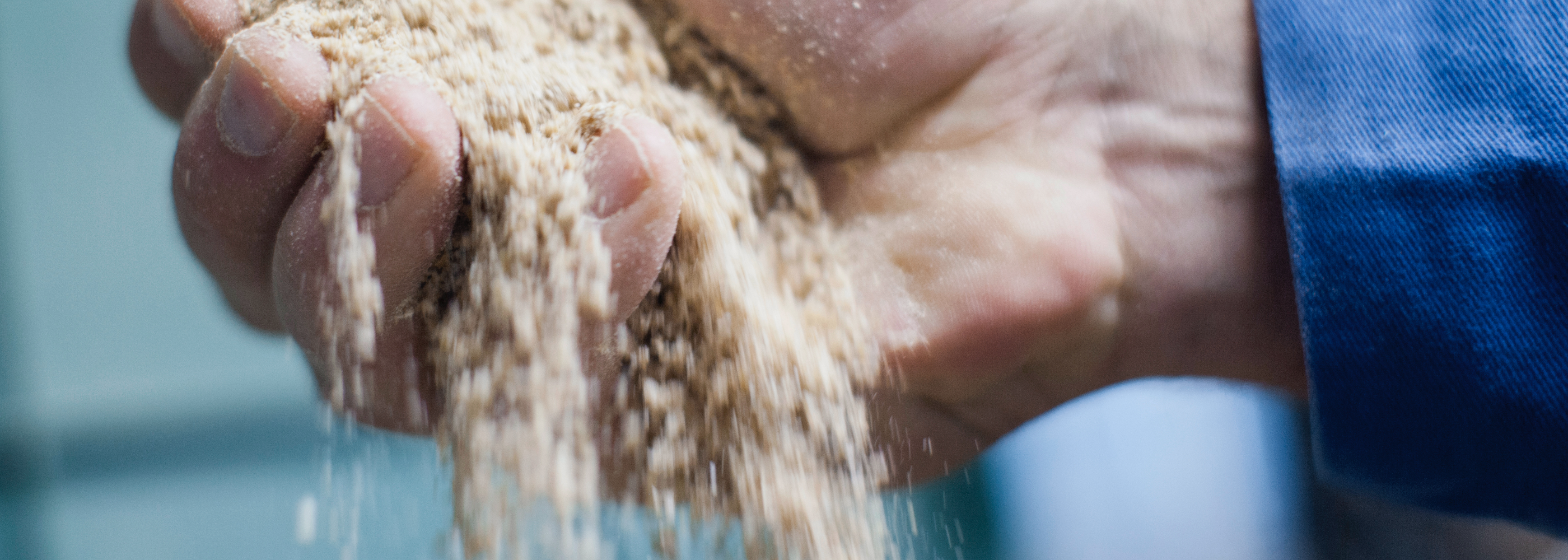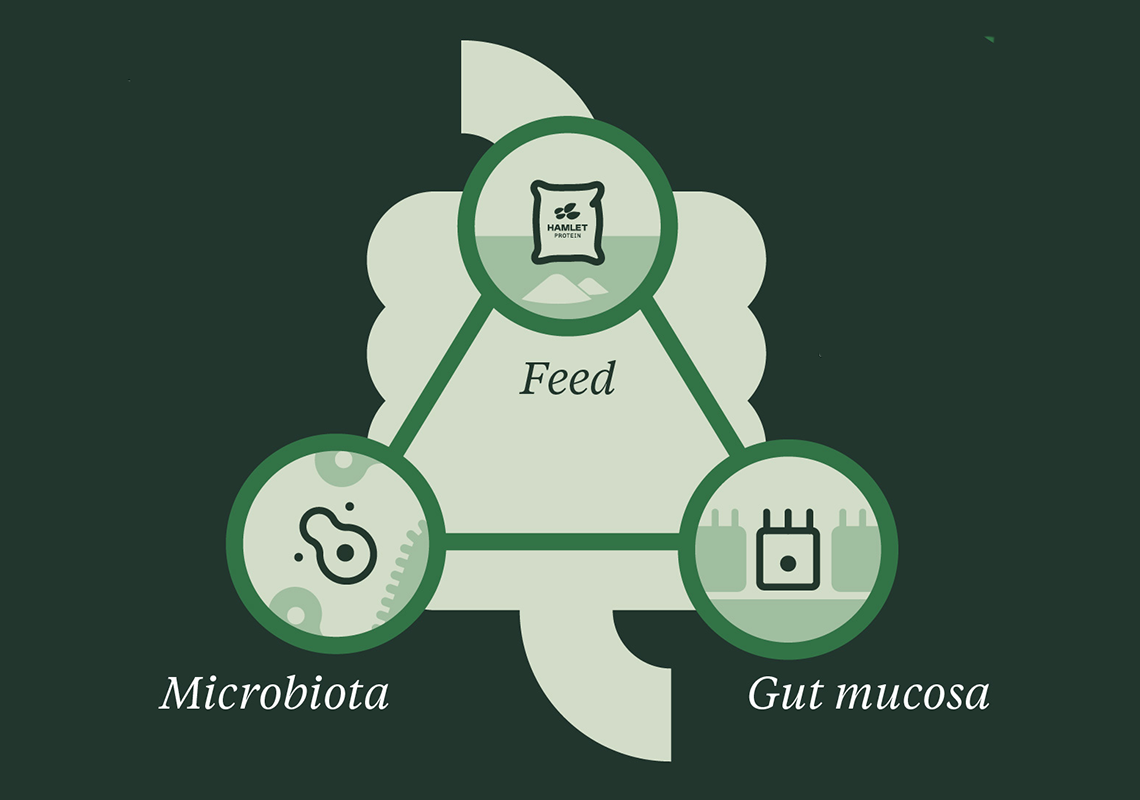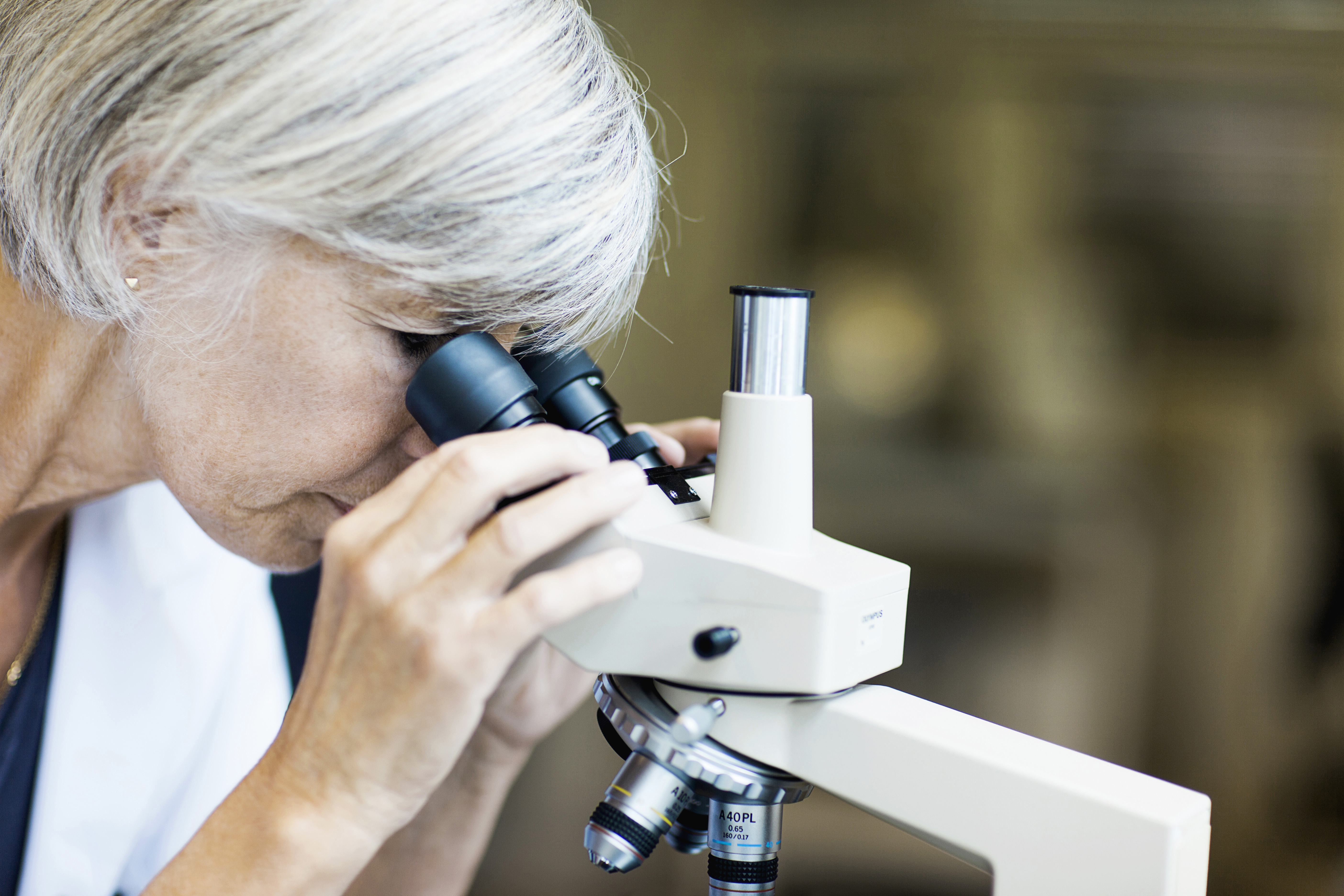Featured Topics
Gut health
The gut is the single largest immune related organ of the body and is the primary barrier between a bacterial milieu and the body per se. This barrier balances the need to support entry of nutrients through the gut wall while blocking the entry of microbes.![]()
Antibiotics in feed
Faced with consumer and regulatory pressure, EU producers are now aiming to claim ‘no antibiotics ever’. Outside the EU, various definitions of antibiotic-free (ABF) production are in circulation.![]()
Performance
International research institutes, test farms and customers regularly test our products in feeding trials. The findings document the nutritional and functional advantages of our products and their long-term effect on animal performance overall.![]()




